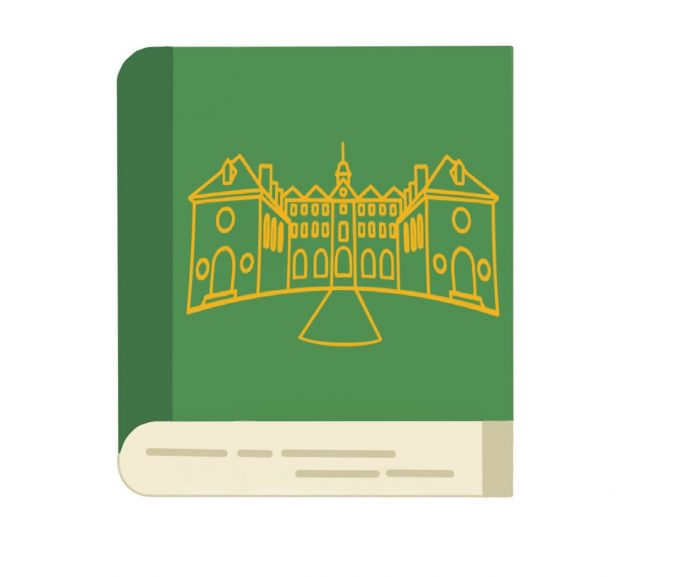Lucas Harsche ’23 is majoring in History and minoring in accounting. In addition to The Flat Hat, Lucas is also the treasurer for both Swim Club and Active Minds, and plays violin in the Symphony Orchestra. Email Lucas at lmharsche@email.wm.edu.
The views expressed in the article are the author’s own.
1693. It’s a number that’s stamped all over the College of William and Mary: apparel, letterhead, you name it. Every student here knows it as the year in which King William and Queen Mary wrote the charter which gave birth to the College. But what every student may not know is that the College’s oldest building, the Wren Building, did not even begin construction until 1695. Or that the College was actually closed for a brief period of time in the late 19th century following the Civil War. Or that, while the Wren Building has been restored to its original appearance since the late 1920s, it actually went through a number of redesigns in and out of being burned down three times.
But while niche trivia may be fun, there is much more to the College’s 328 year history which students ought to be educated on. I propose that the College closes this gap in knowledge by offering an elective on its own history: the history of the College of William and Mary itself.
I should begin by clarifying what this course would not be. It would not simply be a retread of the history of Colonial Williamsburg, despite the College’s pivotal role in its establishment. Such a course is already offered through the History Department (HIST 220 – Colonial and Revolutionary Williamsburg), and besides, the history of the College extends for centuries between Colonial America and the present.
Importantly, it would not be a celebratory course designed to satisfy the jingoistic impulses of students looking for a clean, fun history like the ones that they may have learned prior to college. Like the origins of the United States, the origins of the College is one built on the forced labor of enslaved people, and like in the United States, it imparts a legacy which we are morally bound to remember; for a comprehensive look at ongoing efforts at reconciliation, I highly recommend the Opinions section’s “Word on Reparations” series sponsored by Student Assembly. The messy history continues from there, from efforts at assimilation of American Indians through the Indian School, to the near expulsion of The Flat Hat’s own Marilyn Kaemmerle in 1945 for writing an article in defense of integrating the College, to the participation of prominent College scholars such as Earl Gregg Swem in Massive Resistance.
So why should one take a course faced with so much depressing history? Well, like the United States, the College was originally intended only for the benefit of white, property-owning men. While significant progress has been made since 1693 in changing that, there is still much work to be done, just as there is in the United States. By viewing the evolving accessibility of the College over time, one can also take a comparative glimpse at the similarly profound social changes that took place concurrently in Virginia and the United States as a whole.
Similarly, like the United States, the College is constantly seeking to fulfill its promise. The Declaration of Independence confirmed that all Americans have the inalienable rights to life, liberty and the pursuit of happiness, yet for several decades and even to this day, there is much work to be done in achieving that reality for all Americans. Likewise, the College’s Statement of Values emphasizes community values such as belonging, flourishing and respect which have certainly enjoyed more commitment from the administration in recent years. However, efforts such as the Renaming Committee demonstrate that there is still work to do in order to achieve a truly equitable campus for all.
For such a historic campus, not including an elective course on the College’s own history seems to be a massive missed opportunity.

